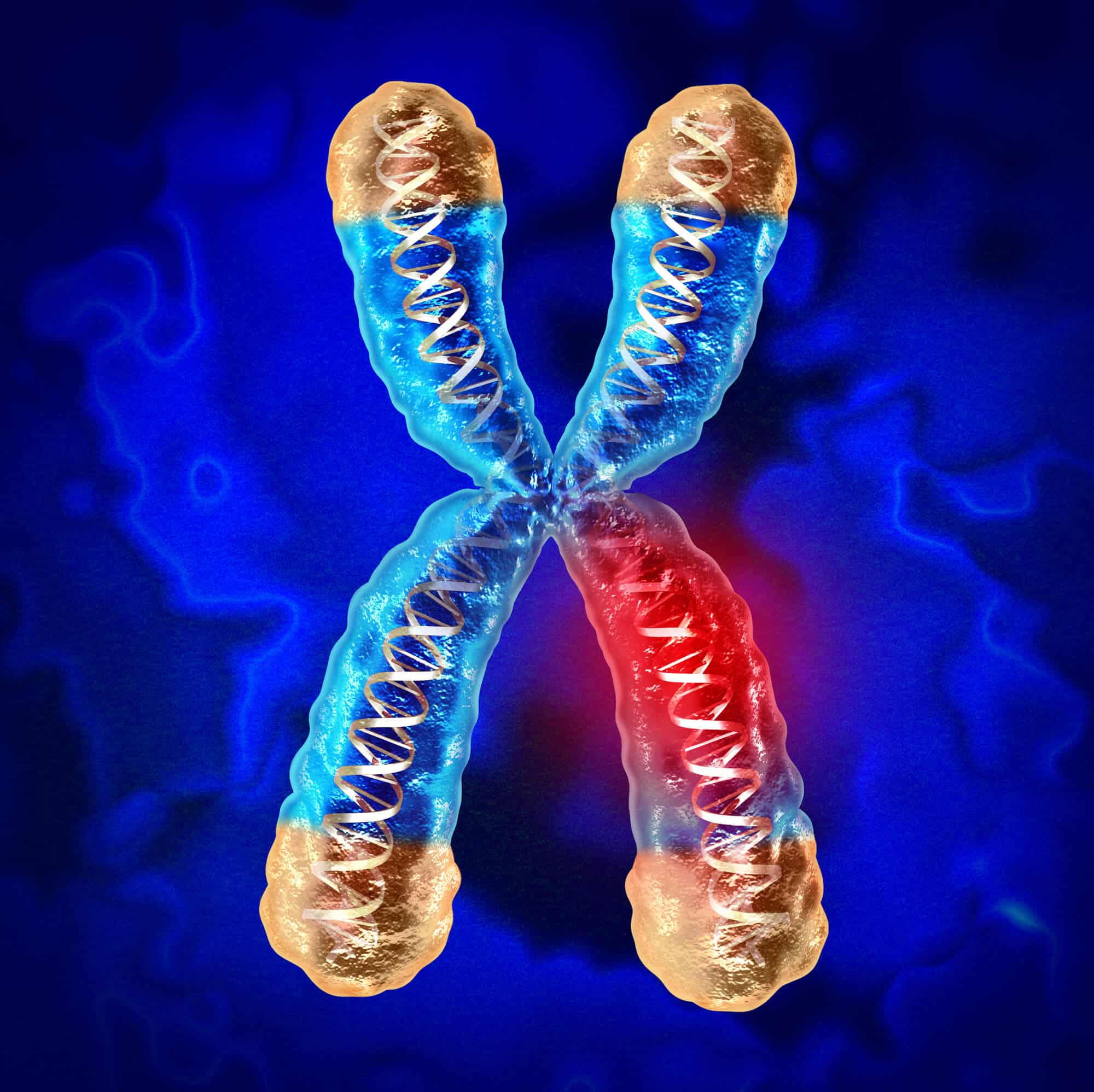Researchers from Bar-Ilan University, the Technion and the Interdisciplinary Center developed An innovative software tool for quantifying errors caused during CRISPR editing * Will greatly assist in the treatment of cancer patients and diseases that require genetic therapy

CRISPR technology allows researchers to edit a genome through changes in the DNA sequences that lead to changing the function of the gene. The technology has many applications, including correcting genetic defects, treating diseases and preventing their spread, and improving agricultural crops.
Genome editing tools, such as CRISPR-Cas9 technology, can be engineered to make precise changes to the target chromosome where a particular gene or functional element is located. However, editing using CRISPR is vulnerable to a potential complication that could lead to another and unplanned genomic change. These changes are called off-target activity. When several different sites in the genome are edited, off target activity can lead to location changes (translocations), unusual arrangement of chromosomes or other unplanned genomic changes.
Therefore, controlling the off-target editing activity is one of the main challenges in improving the accuracy of CRISPR-Cas9 technology for its application in medical practice. Existing measurement methods, such as sampling and data analysis to quantify off-target activity do not provide a statistical estimate and are therefore not sensitive enough to isolate the signals from the noise in experiments with low editing rates. In addition, their use is cumbersome and requires considerable efforts in locating the translocations that have occurred.
Detection of deviations from the target
A team of multidisciplinary researchers from the Herzliya Interdisciplinary Center and Bar-Ilan University reported in the scientific journal Kind Communication For the development of a new software tool that locates, checks and quantifies editing activity that deviated from the target, including negative translocation events that occurred as a result and may cause cancer. The software is based on input from a standard assay and performs multiplexed PCR amplification and next generation sequencing (NGS).
The software tool, known as CRISSPECTOR, analyzes NGS data generated from CRISPR Cas9 experiments and applies statistical modeling to determine and quantify editing activity. CRISSPECTOR accurately measures the off-target activity at every location studied. In addition, it improves the rate of false negatives on sites where the off-target activity is weak but significant. One of the innovative features of CRISSPECTOR is its ability to detect negative translocation events that occur during an editing experiment.
"Genetic editing, especially in clinical applications, requires the detection of low levels of off-target activity and negative translocation events. Even a small number of cells with cancerous potential transplanted into a patient in the context of gene therapy may lead to negative consequences in terms of the development of cancerous pathology. That is why it is important to detect these potential events in advance as part of the treatment protocols," said Dr. Eyal Handel from the Mina and Ebrard Goodman Faculty of Life Sciences at Bar-Ilan University. Dr. Handel led the research together with Prof. Zohar Yachini from the Arzi School of Computer Science at the Herzliya Interdisciplinary Center. "CRISSPECTOR provides an effective method for characterizing and quantifying potential errors caused by CRISPR, thereby substantially improving the safety of clinical use in genome editing." Handel's team used CRISPR-Cas9 technology to edit genes in stem cells relevant to blood and immune system disorders. The data analysis illustrated to the team members the shortcomings of the existing tools for quantifying off-target activity and the gaps that must be bridged to improve the technology's applicability. This experiment led to the collaboration with Prof. Yachini's computational biology and bioinformatics group.
reducing background noise
Prof. Zohar Yachini from the Herzliya Interdisciplinary Center and the Technion added, "In experiments that use deep tiling techniques with significant levels of background noise, low levels of off-target activity may be lost in the noise. The need for a measurement approach and data analysis capable of seeing beyond the noise and locating negative translocation events occurring in the editing experiment is clear to the scientists and the people performing the genome editing. CRISSPECTOR is a tool capable of searching through the background noise to identify and quantify real signals indicating off-target activity. In addition, thanks to the use of statistical modeling and rigorous data analysis, the CRISSPECTOR is also able to detect a wider spectrum of genomic aberrations. Characterization and quantification of potential CRISPR-induced errors will enable our methods to ensure safer clinical use of genome-editing therapeutic approaches.”
# # #
The Handel laboratory and Yachini's research group intend to apply the tool to research potential treatments for genetic disorders of the immune system and cancer immunotherapy approaches. The research is a collaboration between the Handel Laboratory at Bar-Ilan University and the Yakhini Research Group (Herzliya Interdisciplinary Center and the Technion). The project was led by Ido Amit (the Interdisciplinary Center) and Ortal Janko (Bar-Ilan); Daniel Allen, Dor Breyer, and Nimrod Ben-Haim (Bar-Ilan) also participated in the study; Alona Levy-Jorgenson (Technion; Leon Inabi (Technion and IDC); Gavin Corgan, Matthew S. McNeil, Garrett R. Rettig and Yu Wong (Integrated DNA Technologies, (IDT INC, USA). Chihong C Vy (Interdisciplinary) and Mark Bielke (IDT, USA).
The research was conducted with the assistance of a grant from the European Research Council (ERC) as part of the Horizon 2020 program for research and innovation and the Adams program of the Israel Academy of Sciences and Humanities.
More of the topic in Hayadan:
- Genetic engineering and animal-human hybrids: How China is leading a global divide in controversial research
- The failure of the gene-edited babies experiment in China proves that we are not ready for gene-editing of human embryos
- Biohackers are looking for better ways to produce plant genomes that will yield larger crops
- The CRISPR-IL association has completed the establishment of an initial computational system for genetic editing planning
- "It was difficult for Emmanuel Charpentier to publish because no one was interested in infectious diseases as long as there was no epidemic"
